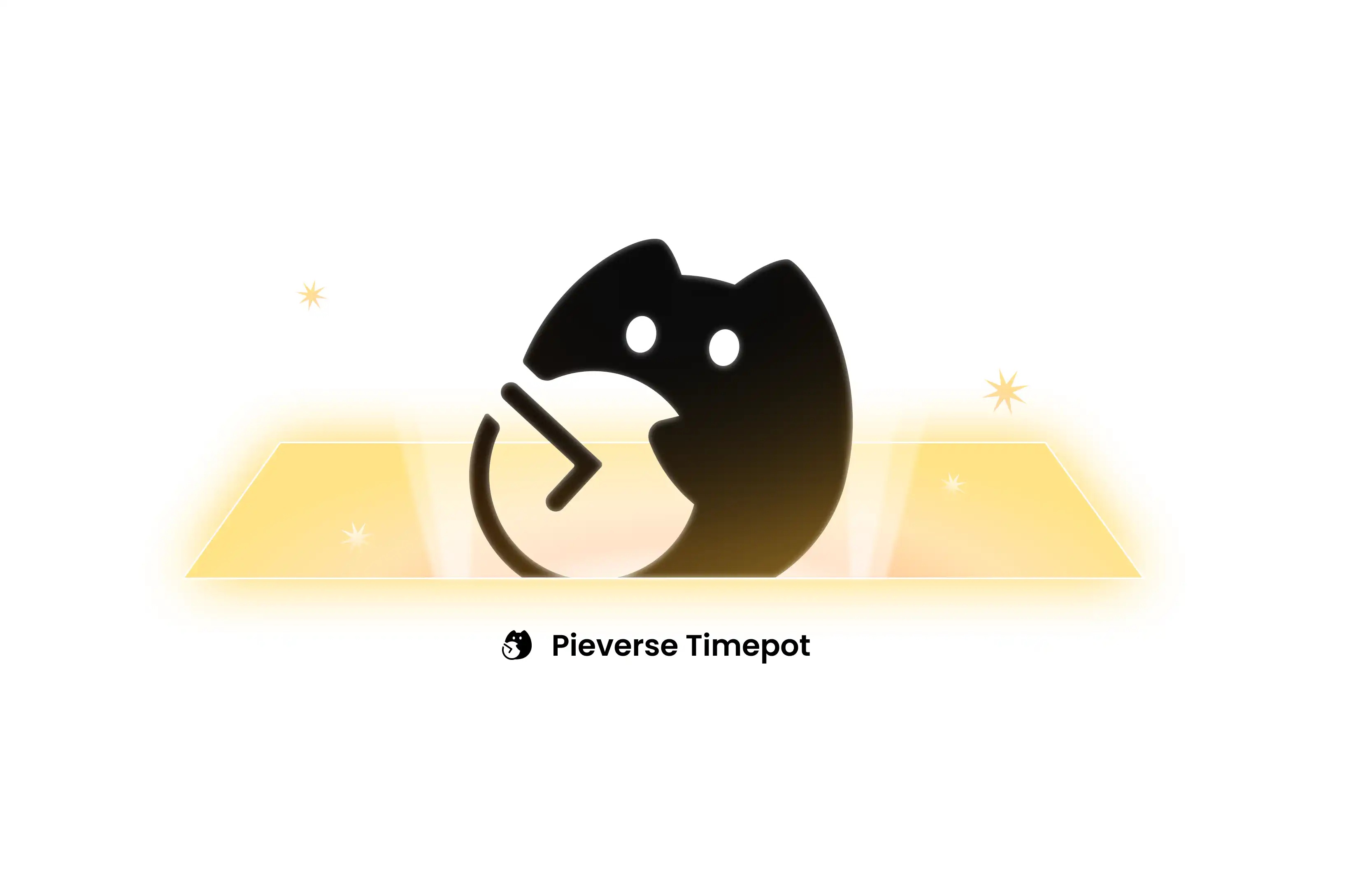Guide to Avoiding Pitfalls: How to Develop a More Comprehensive Web3 Points System?
Original Title: "Lessons on Points Programs for Crypto Apps"
Original Author: @ljin18
Original Translation: @Sleepy0x13
It seems that overnight, points have become a new tool in the cryptocurrency industry. Developers of applications are using this tool to increase user retention and engagement.

In the entire encryption industry, founders are actively integrating off-chain point systems into their applications. From Rainbow Wallet rewarding users with points based on their use of ETH, to Friend.tech building its user engagement cycle around points, to the new L2 Blast on NFT trading platform Blur, which rewards users with Blast points based on bridged funds (with a total locked value of over $800 million since November), point systems are becoming increasingly common. In some cases, these points imply tokens that may have real economic value in the future; in other cases, users already have faith in their value. This trend reflects the wider search for product-market fit in the encryption field and the effort to attract users' attention during the bear market.
Outside of the encryption industry, the point system has long been a common feature in consumer applications, from games to various brand plans, such as Sephora and Starbucks. From a macro perspective, the point system allows users to accumulate points by participating in various activities, and to redeem or use these points in multiple ways. Its fundamental purpose is to encourage users to participate more actively in brand activities.
10 years ago, I participated in the development of a Web2 mobile shopping application called Shopkick. At that time, the application had 3 million monthly active users and established partnerships with national retailers such as Macy's and Best Buy. Shopkick rewarded users for various activities, such as walking into physical retail stores, interacting with products in-store, and browsing products within the application. We built a point system where users could earn points by participating in these activities within the application, which could then be redeemed for gift cards at different merchants.
The experience and lessons I gained from that experience can help guide the development of a more comprehensive point system for Web3 projects:
(1) All forms of external motivation can potentially change user behavior.
(2) The points program will affect the types of users who choose to use the application.
(3) Maintaining the fuzziness of the integral value can provide greater flexibility.
Let's delve into these three points.
(1) Under the influence of the points system, user behavior will change in order to obtain rewards.
Due to our points system rules, when users want to receive rewards, they may engage in some unnatural behaviors. For example, some people frequently enter and exit stores in order to obtain points, which is behavior that is unlikely to occur without external incentives. To address this issue, we have taken measures, including limiting the number of points that can be earned in certain activities and implementing anti-fraud measures.
Even users who are interested in your product itself may have their behavior distorted by the existence of points. It can be likened to waiting for certain products to be sold at a discount by retailers who often offer discounts, and these stores have cultivated the habit of customers never buying at full price. Points may also make users who do not like to take advantage of promotions develop the habit of taking advantage of promotions, although user activity may increase in the short term, it may actually cause long-term damage to business health. These long-term adverse effects may take years to manifest and are difficult to resolve. For example, JCPenney's "Everyday Low Price" strategy ended in failure after years of heavy discounts and coupons.
Due to the possibility of incentive mechanisms distorting user behavior, Shopkick must carefully manage its revenue model as a startup and track key performance indicators (KPIs). As our revenue comes from retailers and brands who want to drive user engagement, it is crucial to deeply understand the value of user behavior. Incentive mechanisms can change the value of walking into a store or interacting with a product, so closed-loop tracking of key KPIs such as user conversion rates and revenue growth becomes essential. Therefore, the founders of the points program should carefully define KPIs that are directly related to their core goals (North Star goals), rather than just metrics related to incentivized behavior.
(2)设立积分系统会改变使用应用的用户类型。
(2) The establishment of a points system will change the user type of the application.
积分不仅在边际上改变了用户的行为,而且实际上改变了用户群的构成。许多开发者都希望通过积分来提高用户留存率和参与度,但更根本的是,积分系统将改变谁会首先决定使用您的应用程序。虽然我们设计 Shopkick 时考虑到了购物爱好者,但积分的存在吸引了那些寻找便宜货和极端使用优惠券的用户类型,类似于 Web2 版本的「airdrop farmers」。这反映了心理学界关于经济激励如何挤掉内在动力的研究。
Translation:The point system not only changes users' behavior marginally, but also changes the composition of user groups in reality. Many developers hope to improve user retention and engagement through points, but more fundamentally, the point system will change who will decide to use your application first. Although we designed Shopkick with shopping enthusiasts in mind, the existence of points attracts users who are looking for bargains and extreme coupon users, similar to the "airdrop farmers" in the Web2 version. This reflects research in the psychology field on how economic incentives can squeeze out intrinsic motivation.
If users attracted through external incentives have reasons to stay (such as sustained incentives or high fit with the underlying product market) or if they still add net value to your specific business model, then this change in the user base is acceptable. For example, consider maximizing users of credit card points or airline mileage programs. As for us, we have a sustainable business model that can provide funding for the continued existence of the points program. However, any application that cannot provide long-term incentive funding should proceed with caution and recognize that users who are only interested in taking advantage of incentives will be lost when the incentives end, and they have never been the target users of the core product.
(3)保持积分价值的不确定性可以提供灵活性。
(3) The uncertainty of maintaining the value of points can provide flexibility.
If you plan to link points to actual economic value, one of the best practices is to not specify the exact value of the points. This approach allows you to freely adjust the value of the points to manage costs and test incentive measures, while also maintaining user interest. For example, restaurant loyalty and reward network Blackbird issues $FLY tokens to users (which are not on-chain), but maintains the ambiguity of the specific value, described in the app as: "It can be used to redeem incredible things, such as free cocktails and special privileges."
Explicitly equating a certain behavior with a specific amount of money may reduce users' motivation, especially when the amount is small. In the example of Shopkick, the points earned by users can be redeemed for various gift cards, but the exchange ratio between different rewards varies. When users enter a store or engage in other point-earning behaviors, they usually do not consider the dollar value of these behaviors (because this value may be negligible), but rather consider them in the form of points, which is more meaningful.
积分是有意义的
translates to
积分是有意义的
in English.
I hope that in the world of encryption, integrating points onto the blockchain can bring interesting experiences for developers and users. Although the point system I developed at Shopkick is limited to our application, using blockchain to track points can build the entire application ecosystem around points. This can bring a fascinating new user experience. In terms of shopping, it is not difficult to imagine that other brands and retailers also want to know who their most loyal customers are in other stores, and provide targeted discounts accordingly, as there is already a precedent in airline loyalty programs. For users, the added value of points that can be exchanged across multiple applications may make accumulating these points more attractive, reducing the burden on each individual application to create its own practicality for points.
The implementation of points on the blockchain has potential in the world of encryption, and can bring exciting experiences for developers and users. Although the points program I participated in while working at Shopkick was limited to in-app use, using blockchain to track points can build the entire application ecosystem around points, thus creating a fascinating new user experience. In a shopping environment, it can be imagined that other brands and retailers would like to know which shoppers show the highest loyalty in other stores, and accordingly provide targeted discounts, similar to the practice of status matching plans in the aviation industry. For users, the appreciation of points that can be exchanged across multiple applications may make it more attractive to accumulate these points, reducing the burden on each individual application developer to create their own usefulness.
Although I emphasized the pitfalls that may be encountered when designing a Web3 application's scoring system, I also want to emphasize that they can bring many benefits. In the case of Shopkick, we use a targeted scoring system to incentivize users to move through the funnel and change their behavior in the real world. With just a small amount of funding, we have had a huge impact on long-term user retention and referrals. The key to successfully implementing a scoring program lies in the details, which require continuous experimentation and iteration, modeling of economic impact, and strict tracking of key performance indicators.
Original article link
Welcome to join the official BlockBeats community:
Telegram Subscription Group: https://t.me/theblockbeats
Telegram Discussion Group: https://t.me/BlockBeats_App
Official Twitter Account: https://twitter.com/BlockBeatsAsia


 Forum
Forum Finance
Finance
 Specials
Specials
 On-chain Eco
On-chain Eco
 Entry
Entry
 Podcasts
Podcasts
 Activities
Activities
 OPRR
OPRR








